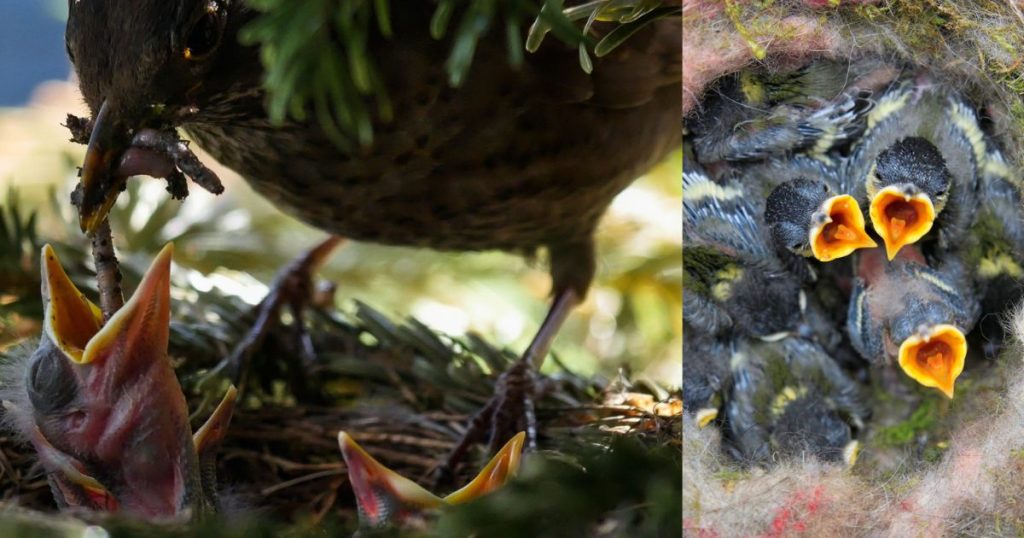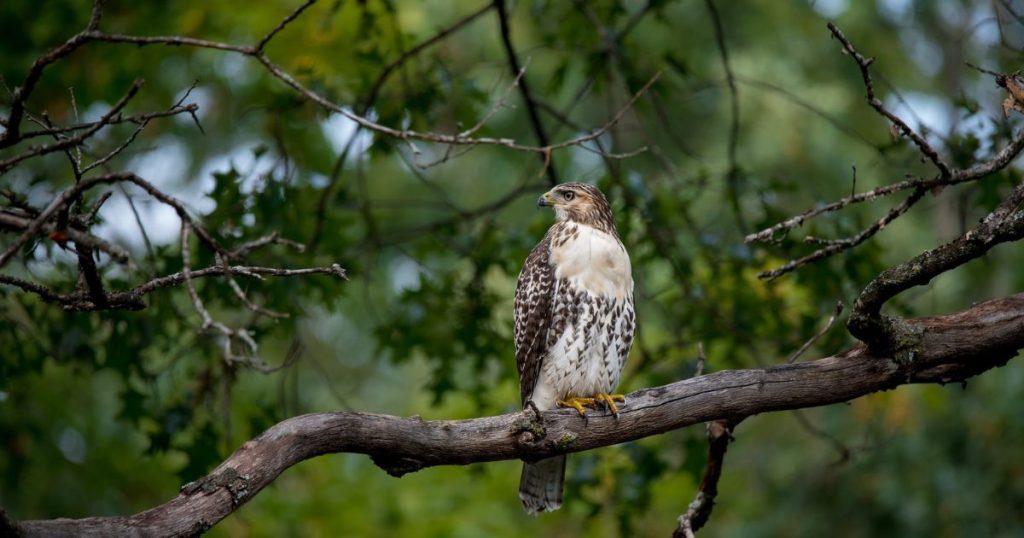Do birds communicate with each other?
We need to explore to understand the communication among birds. They use different sounds, songs, and sound patterns to deliver their messages. They also utilize the power of sound to alarm the Predators, notify their fellow birds about danger, and clarify their Dominion in a territory. They also use this technique to attract females. Male birds are singers, while females don’t sing frequently.
Bird language:
Bird language is a very accessible language. It’s not like Ieaming a foreign language; It’s a much simpler, rougher sort of thing. But it does have its subtleties. Knowing what you can figure out from Bird Language will be amazing with enough time and practice.
You will figure out pretty quickly that you are a cause of Bird Language.
With enough practice, you want to bring in the wave you’re creating and become less of a disturbance.
Can other animals understand birds?
The other thing you’ll get to know beyond a shadow of a doubt is that the other animals are practicing Bird Language.
Like in the wild, a deer’s head turns when a junco alarm goes off. So as we pay attention to junco alarms the same way, we can see that dog coming, off-leash, before the owner, long before that dog sees you. And that’s what the deer are doing.
They see that dog coming through the junco and move off quietly before the dog sees them. It gives them an early warning and saves them from trouble because no one is playing tricks on each other except for the predators.
Five voices of birds:
There are Five Vocalizations in bird language. It’s an oversimplification because the song has so many different expressions. Some people say that some birds sing twenty different songs for different reasons. Without getting too complex, we just try to recognize the relaxed state the bird is in, actually identifying a couple of patterns.
There are two conditions in Bird Language that we’re paying attention to.
Bird Behaviour:
This is categorized into,
- Baseline
- Alarm
Baseline:
If a bird is relaxed, it will do something like Feeding, preening, sunning itself, fluffing up its feathers, rolling in an ant mound, and dust bathing.
These are maintenance behaviors.
Vocalizations that go with this behavior indicate this baseline condition.
Alarm:
Alarm behaviors range from nervousness and concern, something which interrupts maintenance.
It could be feeding or singing and then suddenly hearing something and having to stop and look, and even though not running away screaming, this behavior is an alarm.
These five vocalizations are an auditory indication of those behaviors.
Baseline:
Bird Songs:
When do birds sing?
The first vocalization that we commonly refer to as song will happen in the spring, more in the morning than in the afternoon; they’re used to attract a mate and protect the space where they gather food and make their nests from rival birds. It also is a good indicator for bird language that a bird is not alarmed about a predator because birds do not sing when their life is in immediate danger.
The song is the first voice of baseline behavior in birds, but during wintertime, there’s not a lot of song going on. However, during April mornings, there’d be a lot of songs going on. So you want to train yourself to understand when the song is offered.
In the autumn, when juvenile birds are hanging out together, you’ll hear them singing in the morning, they’re practicing their songs, but the bottom line here is that song is offered when birds are comfortable.
Here is an example of bird song,
Companion or Contact Calling:
The next vocalization is also a baseline vocalization. It is called companion calling or contact calls. But, again, it just boils down to two birds staying in touch with each other, for instance, a male and a female Cardinal letting out little sounds as they’re feeding together, a little high-pitched sound answered by another high-pitched sound on the other side.
Also made by a group of quail moving through the underbrush, they make these little calls as they move along, flocks of chickadees in the trees as they feed and talk to each other, juncos feeding on the ground make little contact calls.
Just an indication that things are okay, you’ll hear this contact calls all year during daylight hours.
Territorial Aggression
The third baseline vocalization is called territorial aggression. You can easily interpret territorial aggression as an alarm when you’re new to bird language. You’ve heard Birds tussling, turned your head to look to see what was going on because it sounded like someone was getting murdered over there,
maybe it’s two male robins fighting it out, a female robin driving a J off of the nesting territory, but whatever, it’s a territorial thing, these birds are defending their territory, or they’re defending the bird feeder.
You can Hear wings flapping, slapping, and high-pitched aggressive sounds.
How do you know territorial aggression is not an alarm?
Robins fighting over territory doesn’t upset the song sparrow right over there. You think there’s an alarm. There must be a hawk or a cat or something coming, but as the song sparrow was feeding and hopping up and giving a little companion if that’s uninterrupted by the two Robins that are just 20 feet over there fighting with each other, that’s how you tell its not alarm.
Also, fighting Robins in five seconds could suddenly become best friends, and they both die for covering the same thicket because Cooper’s Hawk is coming from over there. A true alarm will stop them from
being aggressive with each other, that’s why we considered this a baseline indicator.
Begging:
The fourth vocalization is basically on the border between alarm and baseline, and the whole landscape could be in total alarm mode. In other words, everyone stopped making sounds. In the distance, a Cooper’s Hawk is nearby, but right over here, there’s a couple of little juvenile Robins begging. They’ll attract unwanted attention quickly, which you might not like. It is usually associated with wing flaps, and their beaks are a little brighter than their parents. They open their mouths wide.

They make a lot of noise, so this is on that border between alarm and baseline, it sounds a little alarming if you’ve ever been around, but it’s unpleasant.
Alarm:
The fifth vocalization is an alarm when you don’t hear companion calls, songs, or males being aggressive with each other, no sound of begging, and the whole place gets silent. That’s an alarm. An alarm is a bird screaming and diving for cover from a hawk or sharp-shinned or Cooper’s hawk, so you can see that the alarm behavior can stretch from Silence to a death cry.

So pay attention to bird noise and don’t worry about the species of birds. Don’t worry about the difference between sparrows and starlings and robins. Just track in your mind the difference between calls and songs, and you’ll be able to understand what bird means.